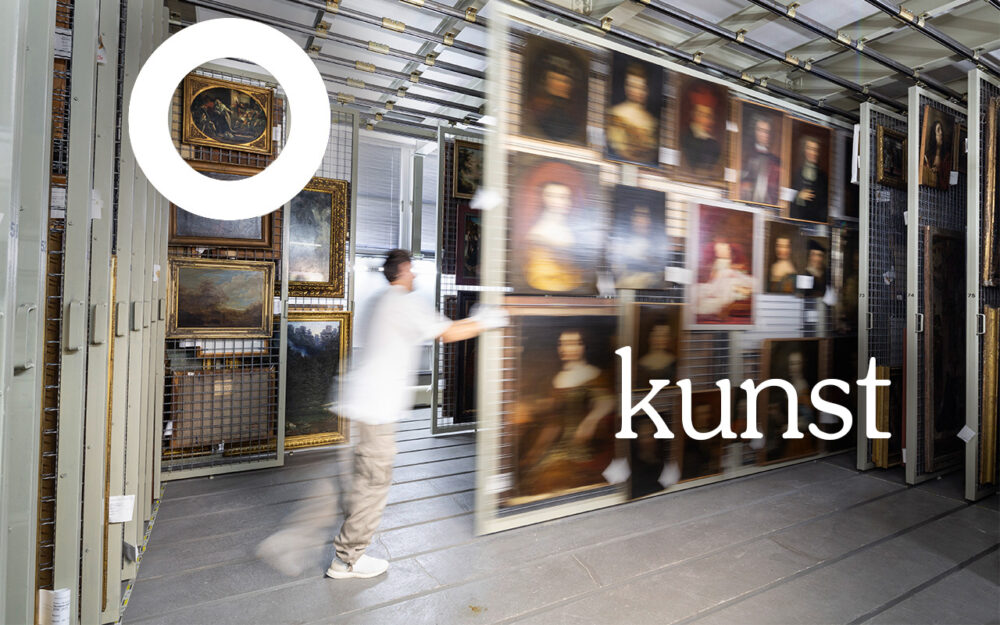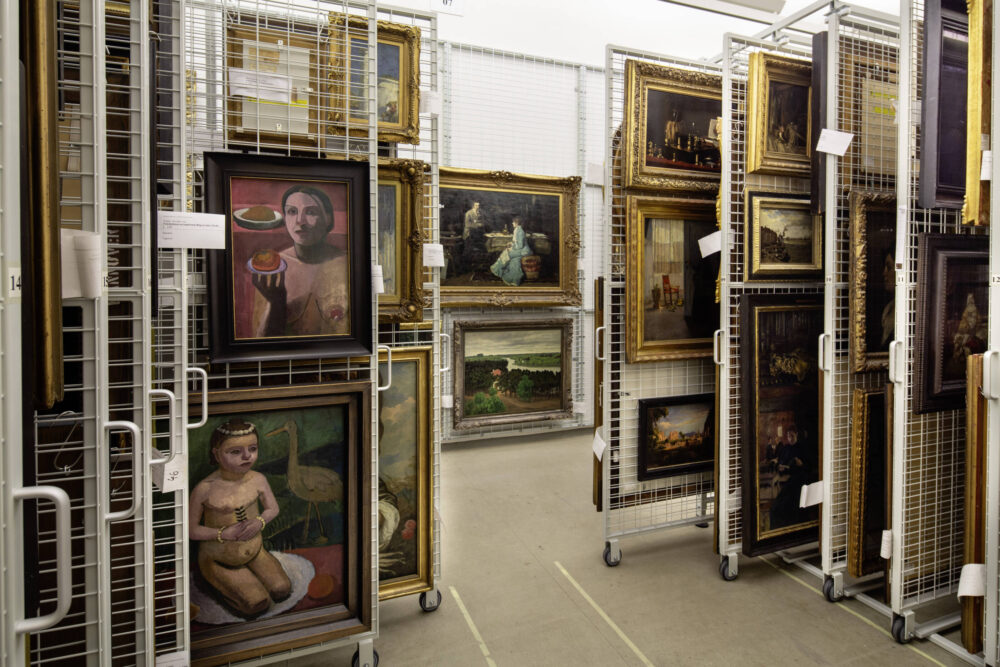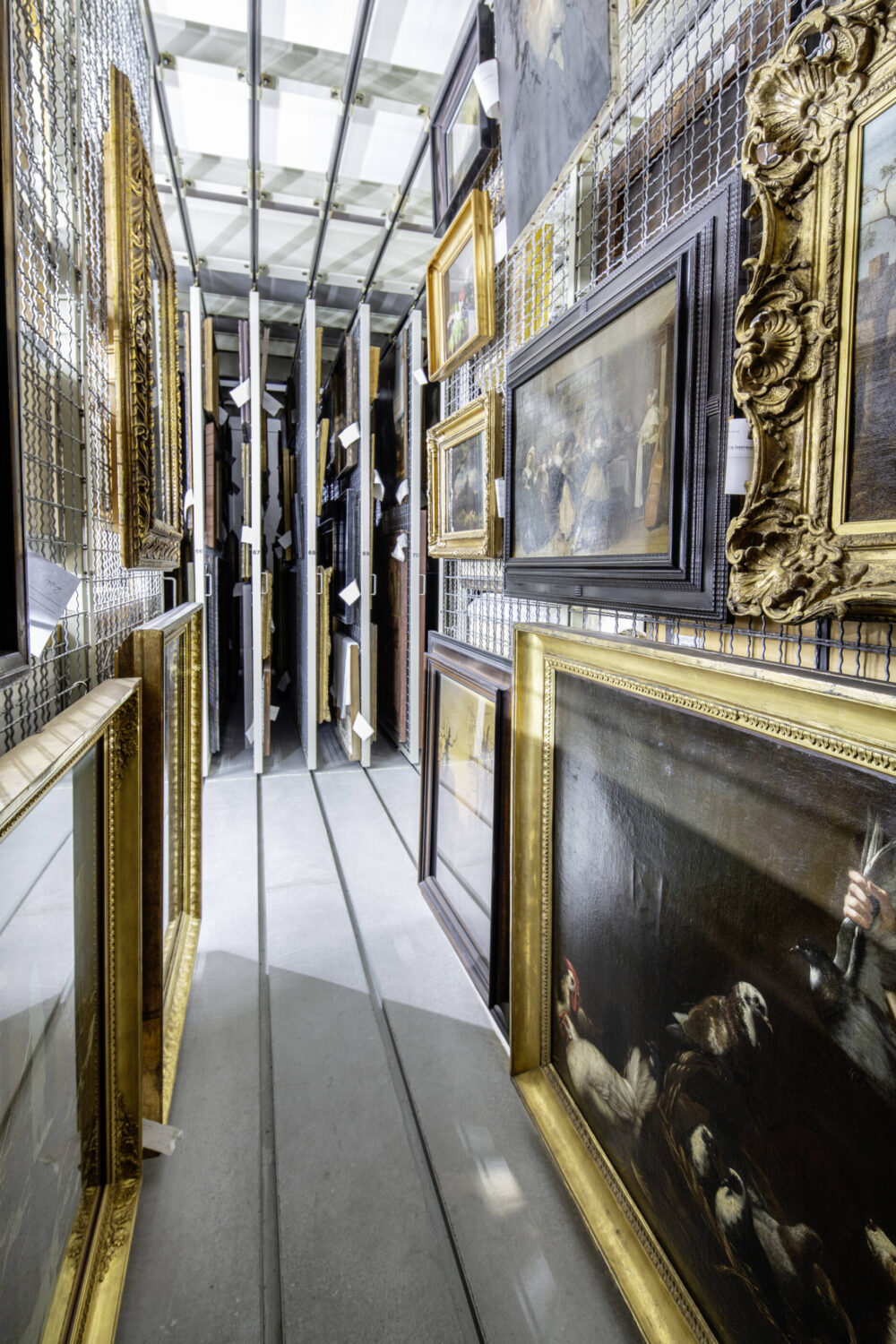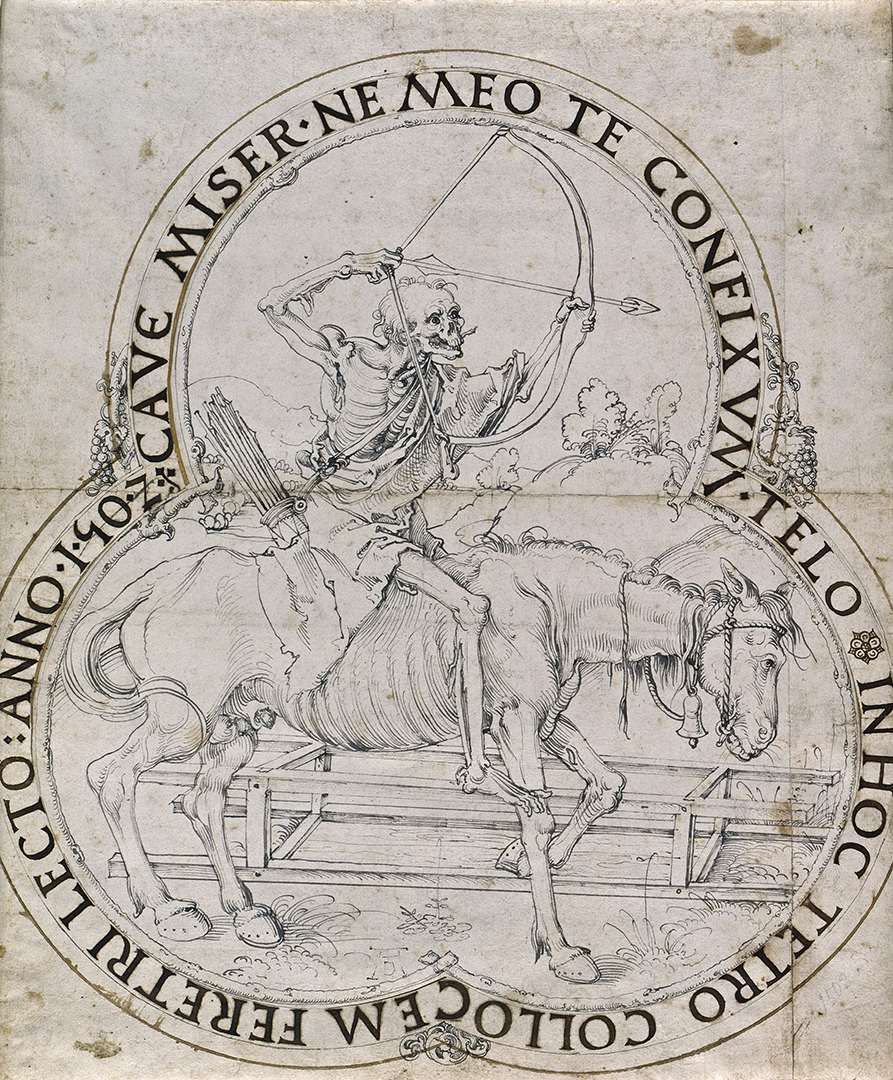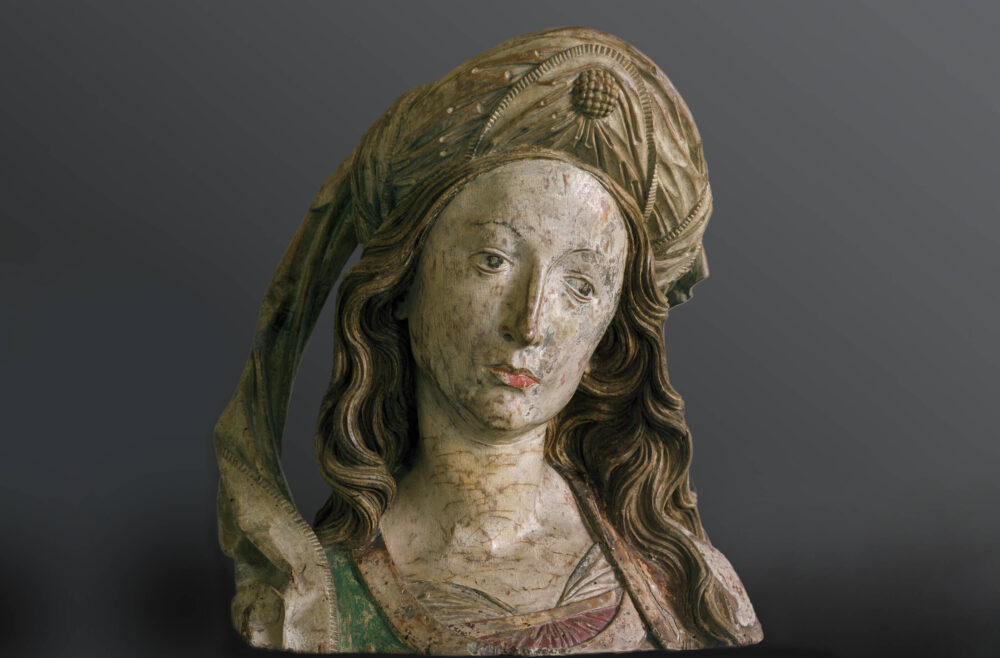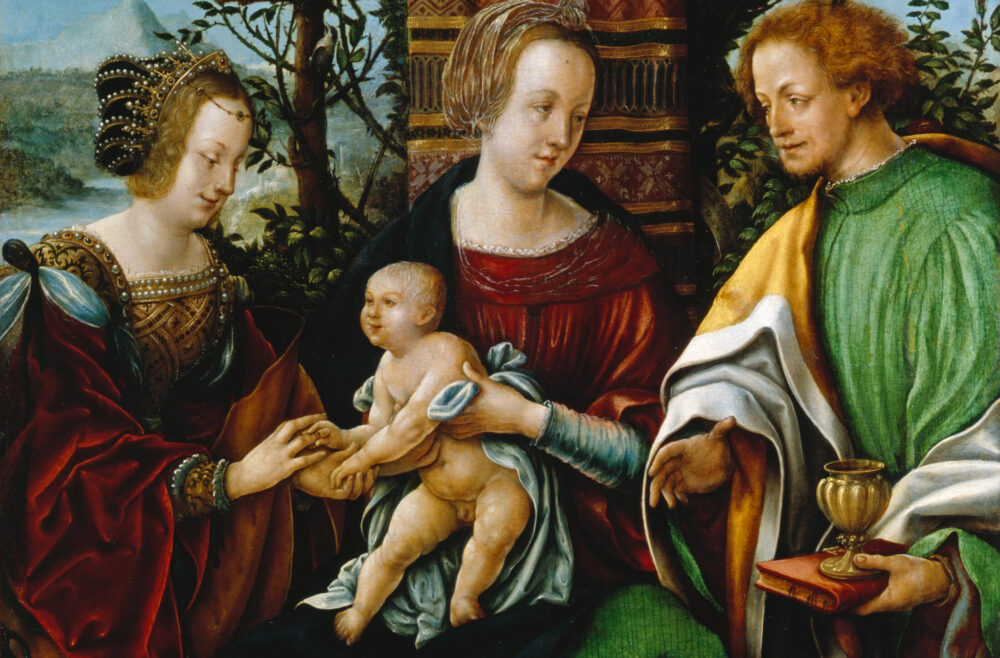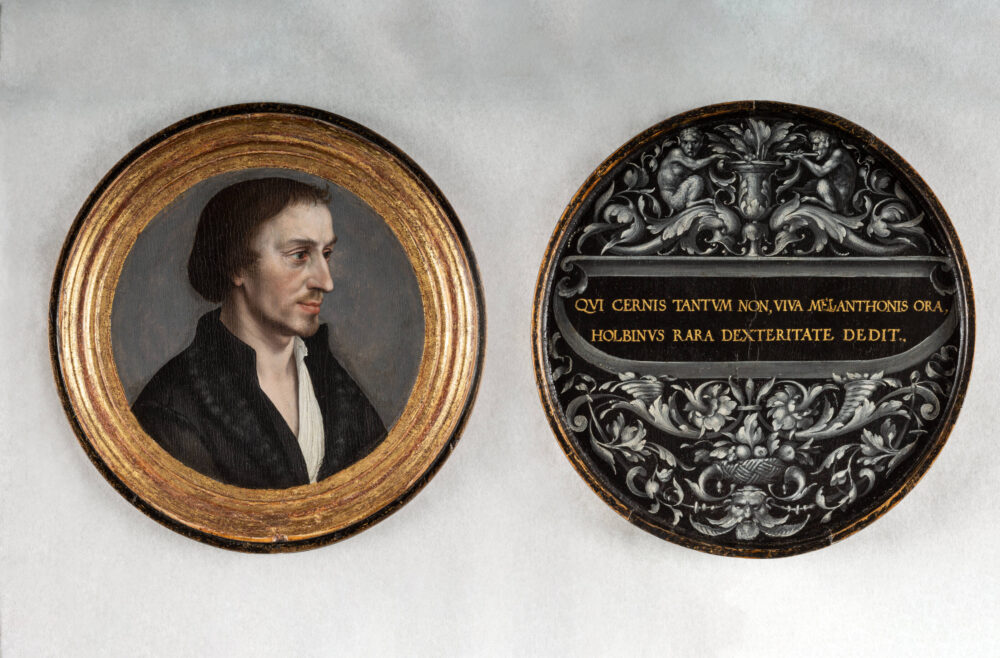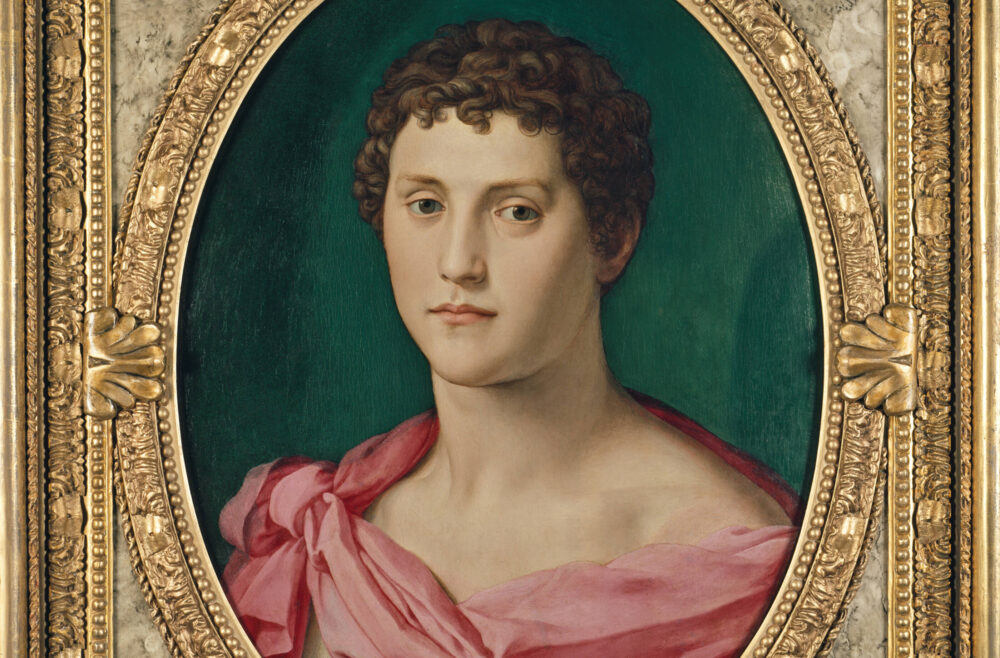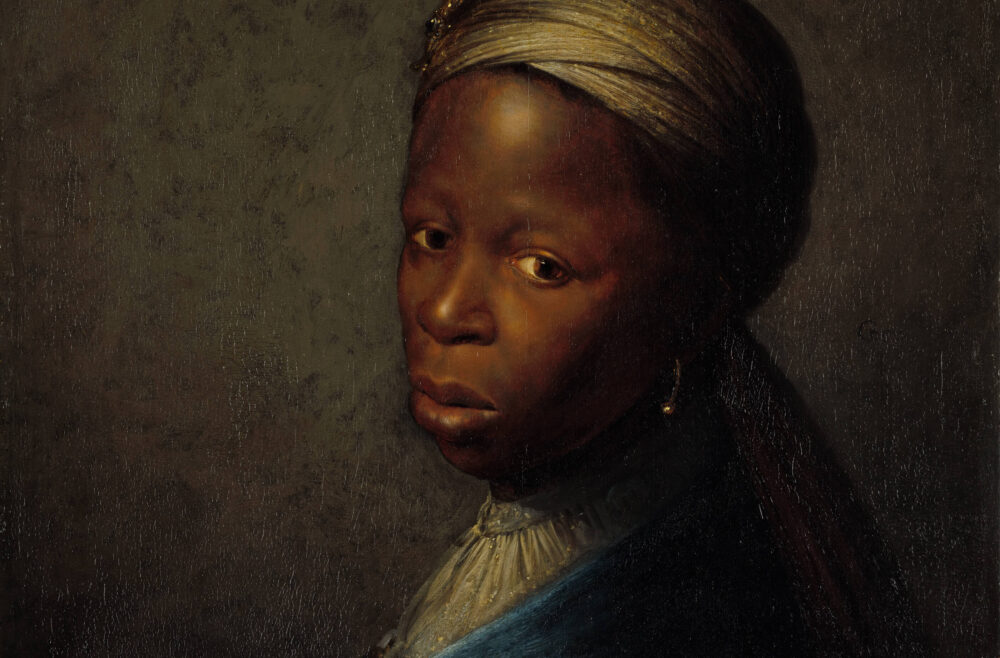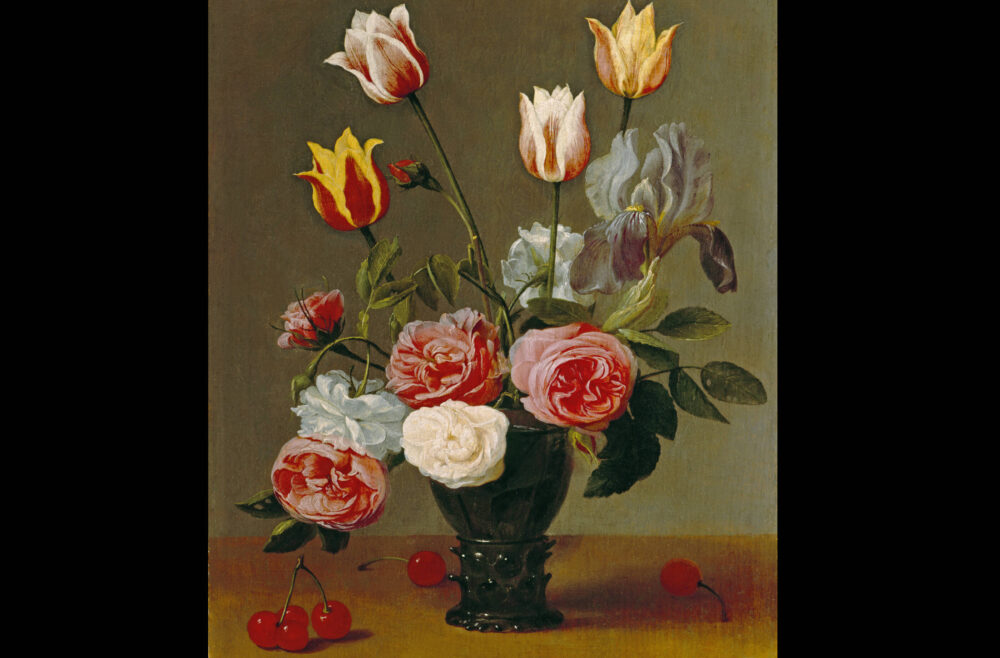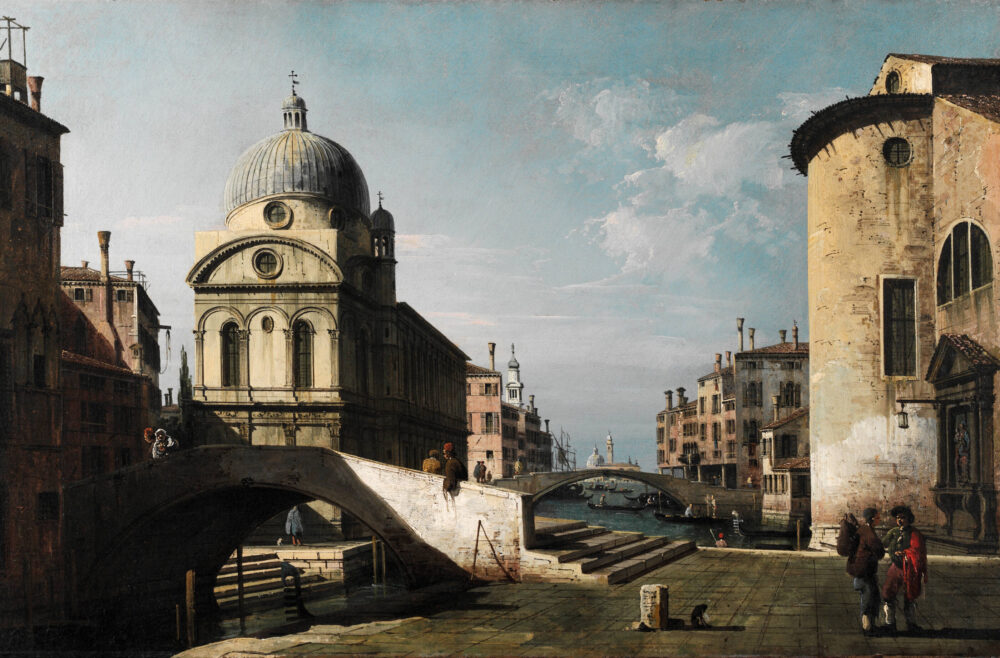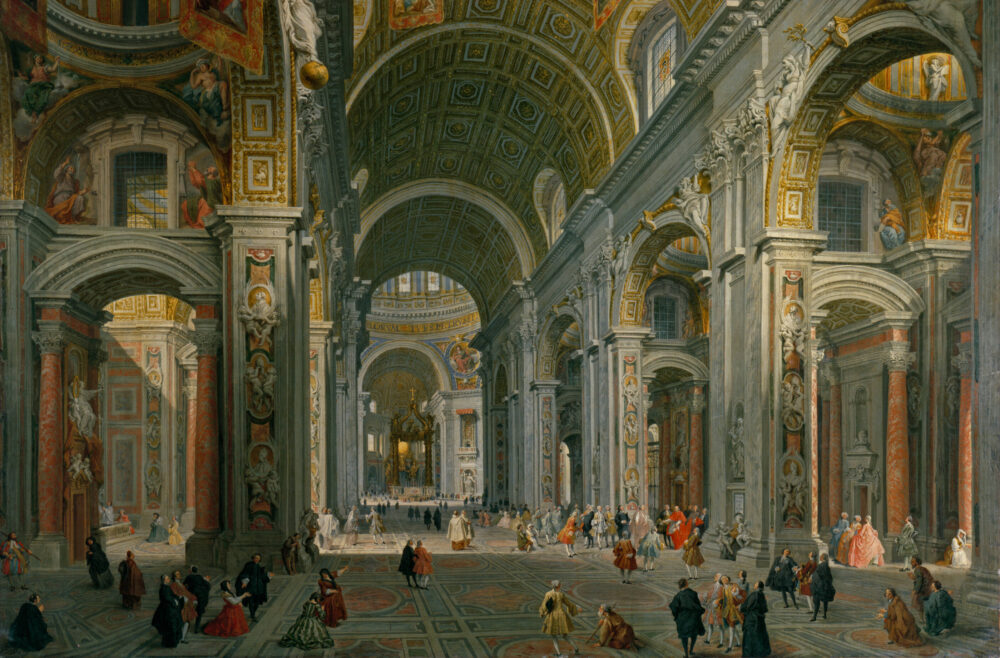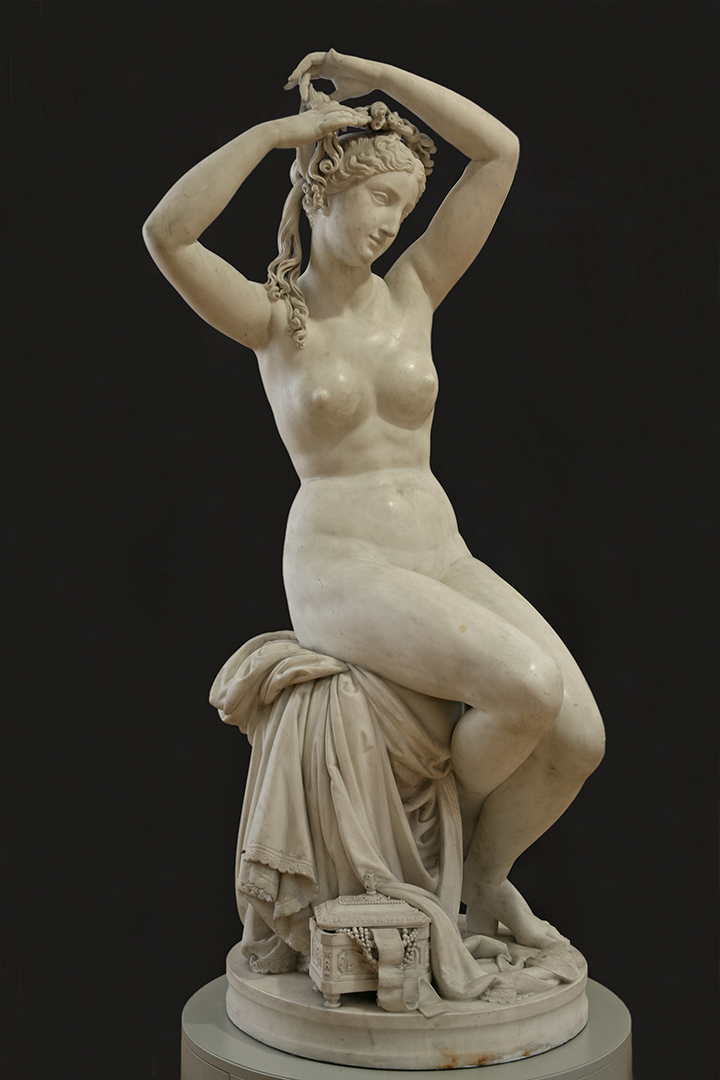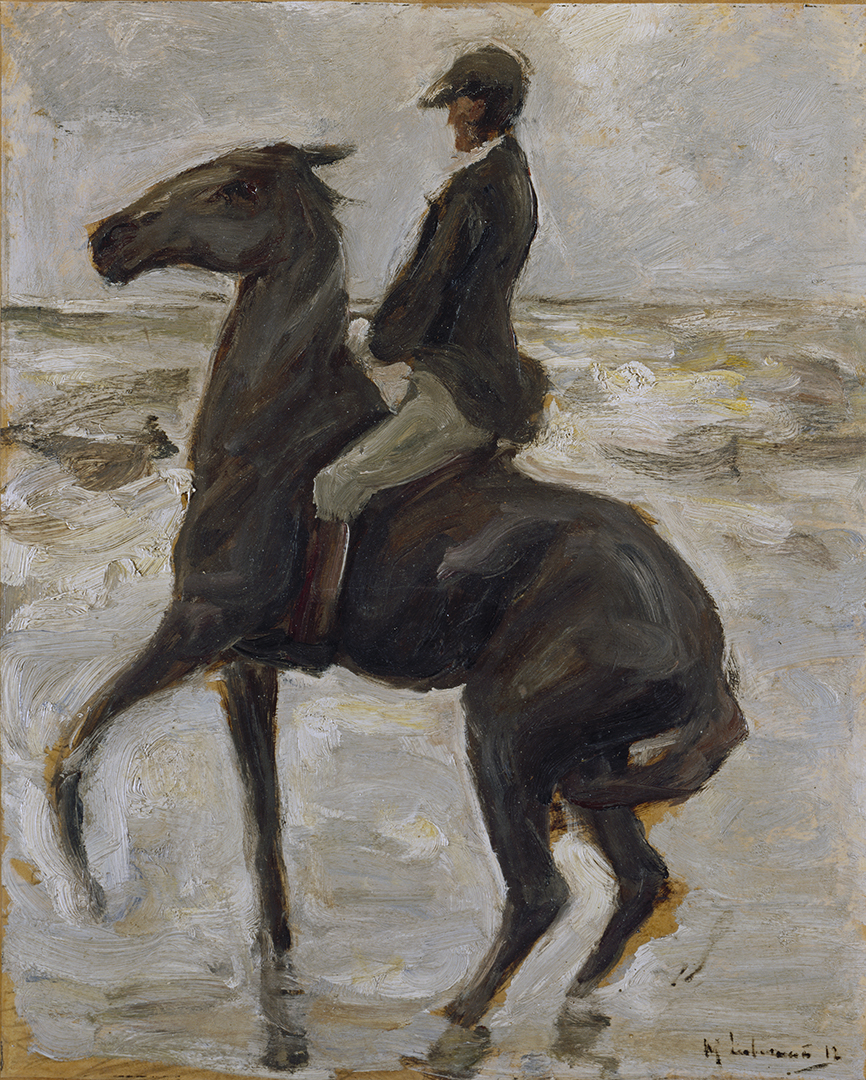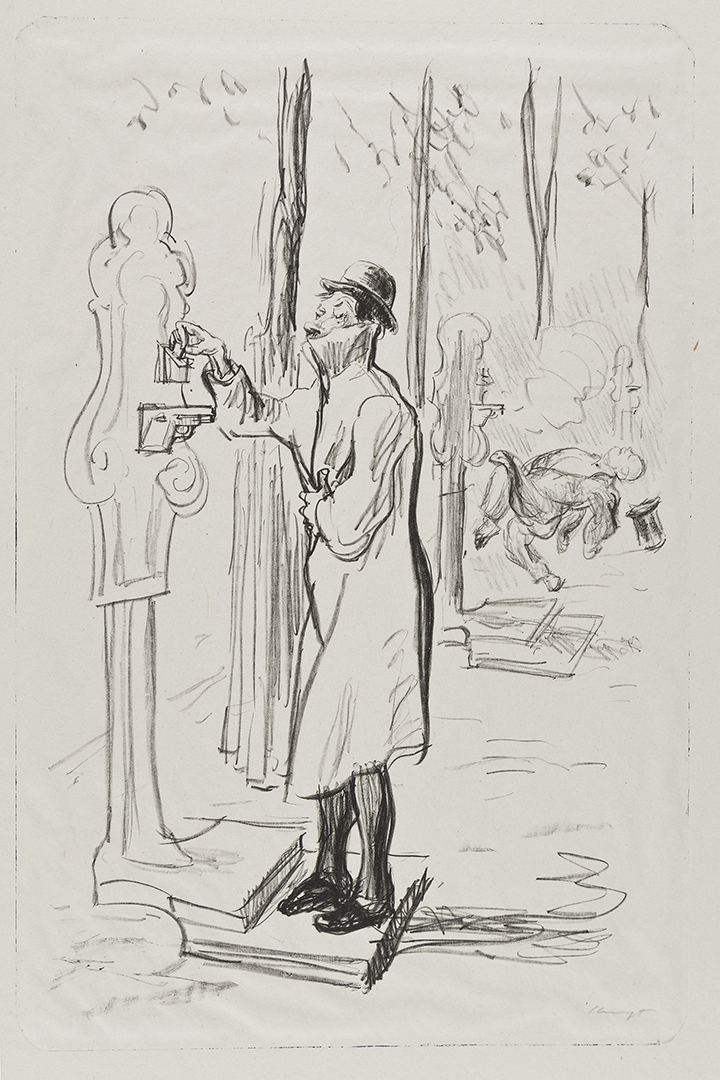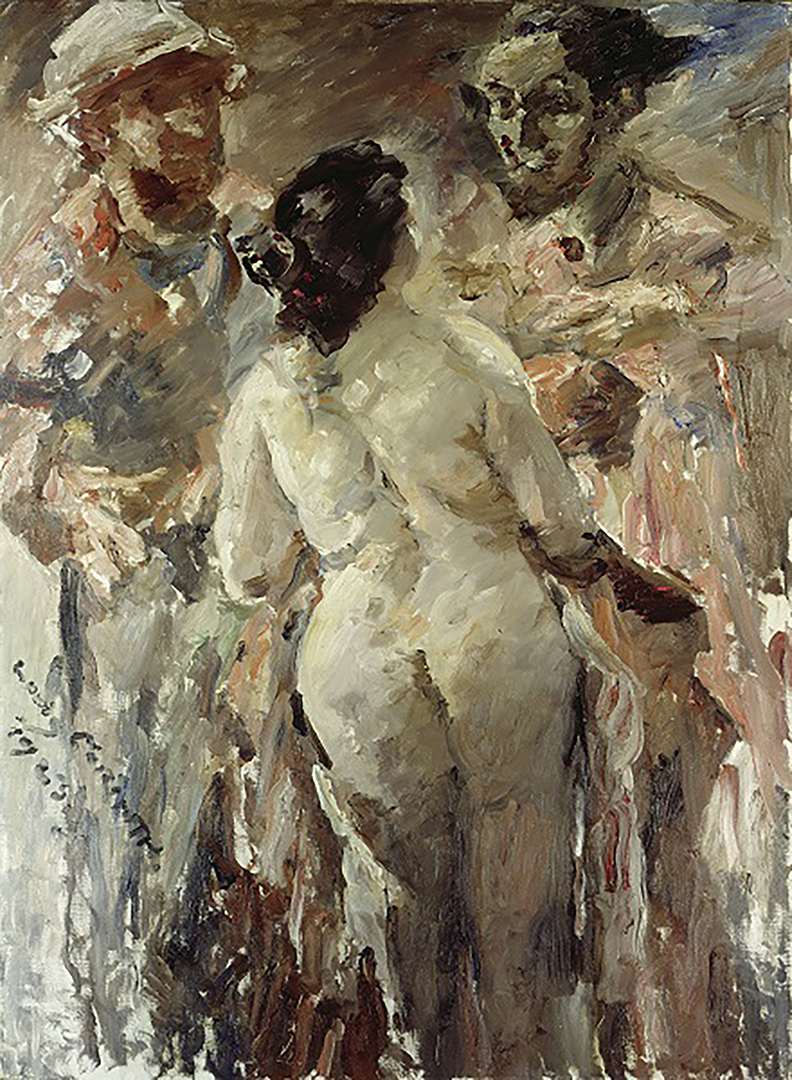A short history of the collection
The art collections in the Hanover State Museum are largely due to the initiative of committed associations and the last Hanoverian King George V (1819–1878). Since the 1840s, the historical association, the Hanover Artists' Association, the Hanover Art Association and the Association for the Public Art Collection had endeavored to recover endangered works from churches and monasteries, to promote art that was current at the time and to acquire private collections and legacies. In the Museum of Art and Science on Sophienstrasse, which was built on her initiative and opened in 1856, these collections were brought together under one roof for the first time and expanded rapidly.
King George V, patron of the house, which was operated as a stock corporation, had put together an outstanding collection of predominantly medieval works of all genres when he founded the Royal Guelph Museum in 1861, which was accompanied by a nationwide appeal. He also managed to acquire the collection of paintings and sculptures belonging to the Hanover industrialist Bernhard Hausmann (1784–1873), which included, among other things, pieces from the extensive collection of Imperial Count Ludwig von Wallmoden-Gimborn (1769–1862). . Around 300 works of Italian, Dutch, old German and French painting came to the royal family at that time.
After the annexation of the Kingdom of Hanover by Prussia in 1866, the club collections and the royal holdings that remained in Hanover only gradually came together: since 1886, the province took over the administration of the museum on Sophienstrasse, and the Provincial Museum was founded as the forerunner of today's Lower Saxony State Museum in Hanover. At the same time, the Older and New Masters from the royal palaces, together with the Hausmann Collection, were installed in the so-called Cumberland Gallery attached to the museum. This holdings, which became known as the Fideikommissgalerie of the Braunschweig-Lüneburg General House, were therefore, together with the works of the Welfen Museum and the club collections that remained in Hanover after 1886, part of the founding holdings of the representative museum building by architect Hubert Stier (1902–1838), which opened in 1907.
Even in the rooms of the new house at Maschpark, the complex ownership structure and the abundance of different objects - from plaster casts to church equipment to weapons and flags - prevented the creation of a painting and sculpture gallery encompassing all eras and holdings for a long time. Following a memorandum written by Karl Hermann Jacob-Friesen (department director since 1917, director from 1924 to 1953) on the redesign of the museums in the city of Hanover (1919), the decisive restructuring of the holdings in the house and in the city was started , other departments had to make room for it. For the new gallery, it was agreed to take over the municipal gallery, which was essentially put together by the city architect Heinrich Tramm (1854–1932) and included works by Anselm Feuerbach, Wilhelm Leibl, but also Paula Modersohn-Becker and others. In return, the municipal Kestner Museum, now the August Kestner Museum, was to take over the province's arts and crafts holdings. The actual redesign took place under the aegis of the art historian Alexander Dorner (at the house since 1919, head of the art department since 1923). By taking over important works from the Garvens Gallery, working closely with the Kestner Society founded in 1916, and making decisive, sometimes ruthless acquisitions, he managed to join the contemporary avant-garde. At the beginning of the 1920s, he set up an internationally acclaimed tour on the second floor of the museum, organized according to chronological and qualitative aspects, which ranged from the Middle Ages to contemporary art and culminated in El Lissitzky's Abstract Cabinet.
The new gallery had just opened when the loan agreement with the “old stock” from the Cumberland Gallery was terminated. Of the almost 800 works from the Fideikomiss of the House of Braunschweig-Lüneburg, 179 works were ultimately acquired for the museum by the Province of Hanover. Many of those returned found their way onto the art market; the sale of the portrait of King Edward VI in particular caused a stir. as a child of Hans Holbein the Elder J. (1497/98–1543), the central painting in Dorner's Holbein Hall from 1924.
Dorner's commitment to modernism was destroyed by confiscations (so-called "degenerate art") during the National Socialist regime. In 1937 he was removed from office and emigrated to the USA. His successor Ferdinand Stuttmann (at the house since 1922) was involved in the Nazi art theft and, among other things, was an expert in the valuation of Jewish property that was confiscated from people in Hanover who were persecuted by the Nazi regime. After its denazification, he coordinated the structural restoration of the building as well as the retrieval and inspection of the inventory that had been evacuated from various storage locations. Modernism was also at the forefront for Stuttmann after the Second World War, although he once again paid little attention to the origins of the works.
The further development of the gallery was influenced by the integration in 1954 of the Old Masters of what was then the Kestner Museum with works from the collection of the Hanoverian printer Friedrich Culemann (1770–1845) and the Italian paintings as well as the German-Italians from the collection of the Hanoverian envoy Vatican, August Kestner (1777–1853) of long-term importance. Finally, the graphics from the city's copper engraving cabinet followed. Conversely, historical collections and handicrafts were given to the August Kestner Museum and the Hanover Historical Museum.
The founding of the neighboring Sprengel Museum in 1969 marked a final sharpening of the profile of the gallery in the Hanover State Museum, which is still valid today. Since then, the Landesgalerie Hannover department has been researching and communicating Hannover's collection of paintings and sculptures as well as graphic works from the 12th to the early 20th century. The collection's outstanding strengths lie in the Middle Ages, older Italian and Dutch painting, as well as German, French and Danish painting of the 19th and early 20th centuries. These focal points have been specifically expanded through a series of significant acquisitions since the 1980s. The department is supported by the Friends of the Landesgalerie Hannover eV, which continues to participate in purchases and financially supports the department's exhibitions and educational programs.

